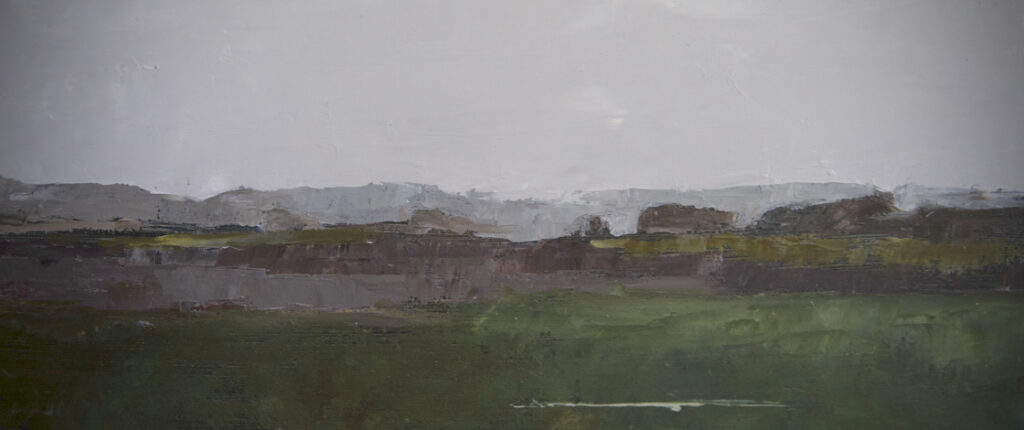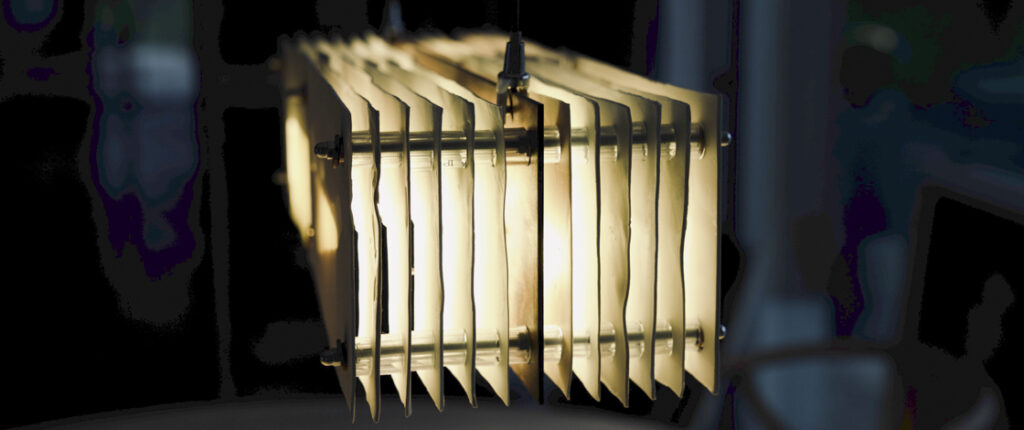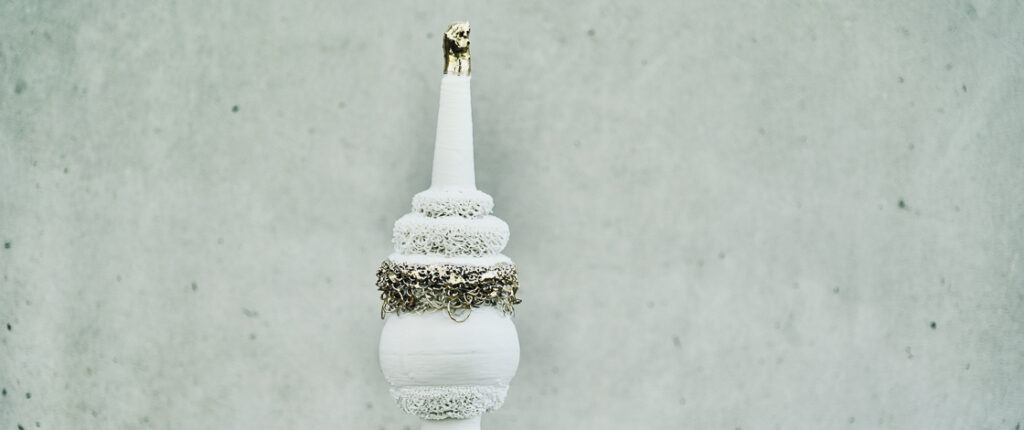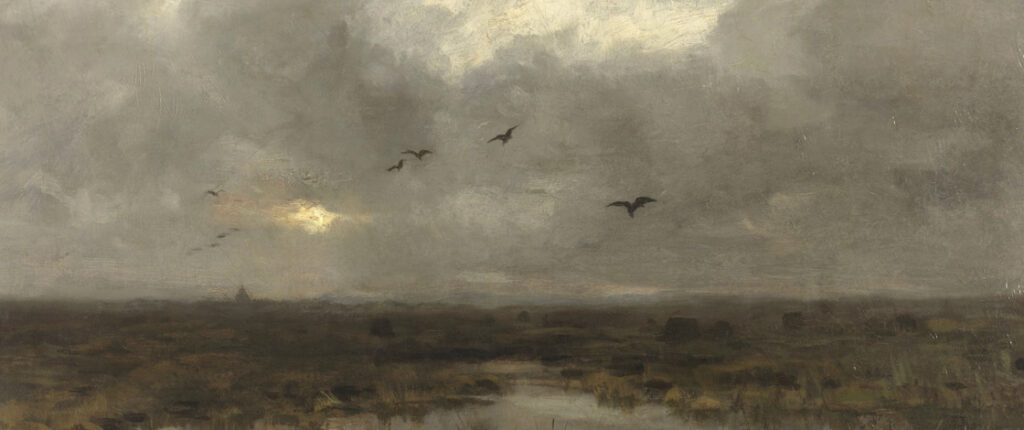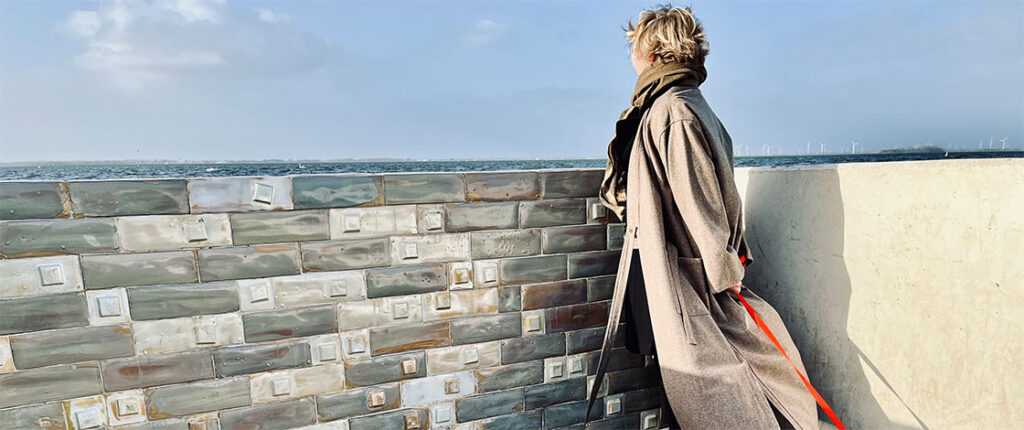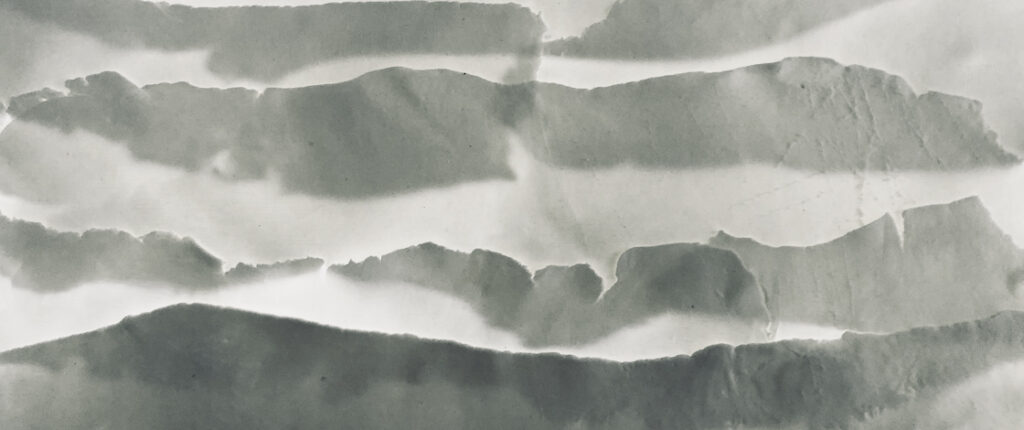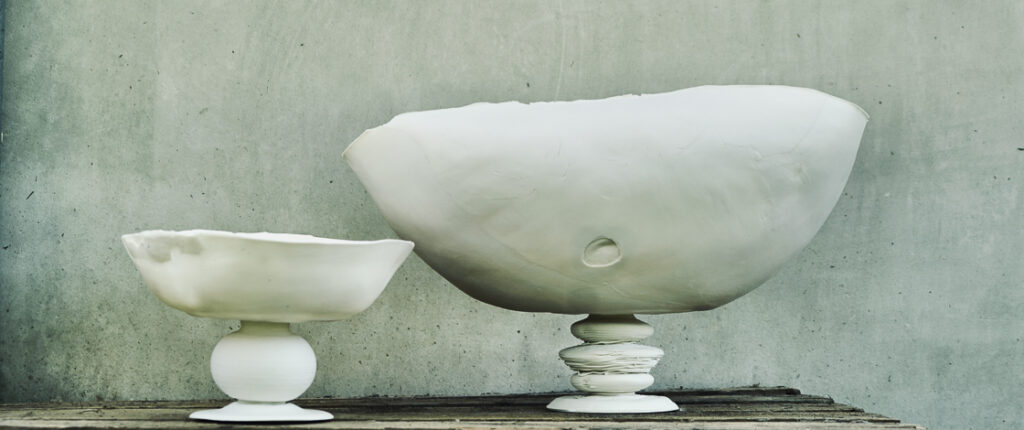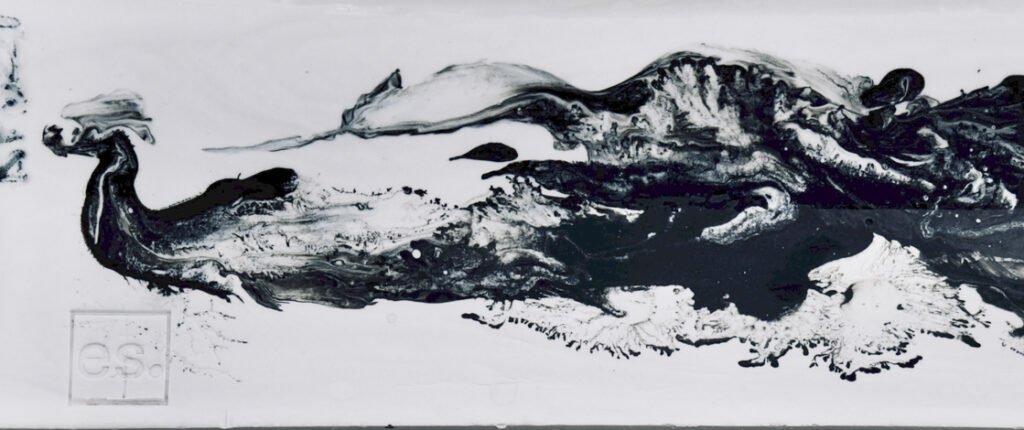masterly the hague | serie immortalized
Concept Immortalized
Voor de Masterly the Hague heb ik deze serie ornamenten in keramiek ontworpen. Deze keramische objecten komen voort uit de serie Immortalized. In die serie wordt de levenscyclus vereeuwigd. Werkelijke vegetatie zoals bloemen en bladeren zijn in deze serie objecten verwerkt en in vloeibare klei en versteend. In hetzelfde materiaal waar de vegetatie ook ooit uit voortgekomen is, is het weer begraven. Daarmee is de cirkel van het leven rond. Net zoals Jan Weenix dat in zijn stilleven heeft vereeuwigd in olieverf. Niet op een zware sombere manier, maar een hulde aan de pracht van de natuur.
Historisch schilderij als muze
In de monumentale panden van Hoogsteder & Hoogsteder tegenover de Hofvijver in Den Haag ontmoeten oude en nieuwe meesters elkaar in 25 stijlkamers. Zoals de haute couture van Victor & Rolf in combinatie met een historisch portret van Frederick Henry, prins van Oranje geschilderd door Michiel van Mierevelt.
Hedendaagse kunstenaars lieten zich door een historisch schilderij inspireren en produceerden vervolgens compleet nieuw werk tijdens de Masterly the Hague.
Vertaling concept in materiaal
Materiaal klei is in dit geval kwetsbaar. Zelfs na de ovenstook blijft het materiaal extreem kwetsbaar. Dit vormt een contradictie met de hardheid keramiek voor gebruiksgoed. Wanneer klei gestookt wordt voor toegepast werk (serviesgoed bijvoorbeeld) transformeert het namelijk in een extreem hard materiaal. Zo vinden we nu nog aardewerk uit de oudheid.
Vertaling in vorm
De basisvorm is eenvoudig. Een ronde vorm die staat voor de levenscyclus van de gebuikte vegetatie, die ieder jaar weer opnieuw tot bloei komt en weer afsterft als metafoor voor alle levenscycli op aarde.
Link stilleven Jan Weenix
Op dit stilleven zijn de verwelkende bloemen en bladeren te zien. De stervende natuur is prachtig vastgelegd in olieverf. Het is een zeer esthetisch werk waarbij flora en fauna wordt geëerd. In mijn werk wordt de natuur ook vereeuwigd, weliswaar niet in olieverf maar in klei.
Maagdelijk wit
Er is voor gekozen om geen kleur te gebruiken. Vorm staat centraal en kleur leidt af van de vorm. De vorm en het spel tussen licht en donker is in dit werk leidend en komt beter tot uitdrukking zonder gebruik van kleur.
